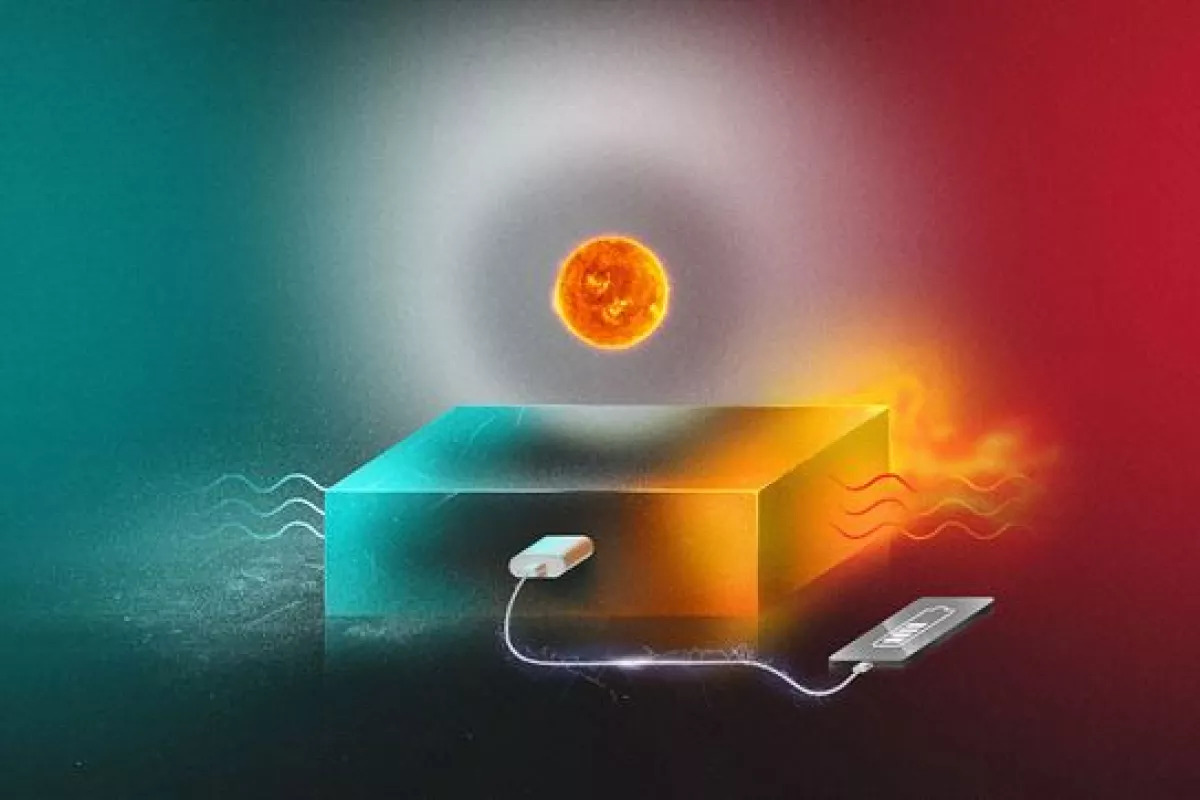 An artist’s concept of the MOST system charging a mobile device. Chalmers University of Technology/Daniel Spacek/neuroncollective.com
An artist’s concept of the MOST system charging a mobile device. Chalmers University of Technology/Daniel Spacek/neuroncollective.com
–
By Nick Lavars
Called the MOlecular Solar Thermal (MOST) system, the technology has been in the works for more than a decade and centers on a specially designed molecule of carbon, hydrogen and nitrogen. When it comes into contact with sunlight, the atoms within the molecule are rearranged to change its shape and turn it into an energy-rich isomer, which can be stored in liquid form.
The energy captured by the MOST system can be stored in this liquid state for up to 18 years, before a specially designed catalyst returns the molecule to its original shape and releases the energy as heat. The Chalmers team has now collaborated with scientists at China’s Shanghai Jiao Tong University, who have used a compact thermoelectric generator to turn that heat into electricity.
“The generator is an ultra-thin chip that could be integrated into electronics such as headphones, smart watches and telephones,” said researcher Zhihang Wang from Chalmers University of Technology. “So far, we have only generated small amounts of electricity, but the new results show that the concept really works. It looks very promising,”
The proof of concept’s current output is reported to be up to 0.1 nW (power output per unit volume up to 1.3 W m−3), which might be quite small but the scientists see big potential in their MOST system, which could address the intermittent nature of solar energy by storing it for months or years at a time and allow it to be tapped into on demand.
“This is a radically new way of generating electricity from solar energy,” said research leader Kasper Moth-Poulsen, Professor at the Department of Chemistry and Chemical Engineering at Chalmers. “It means that we can use solar energy to produce electricity regardless of weather, time of day, season, or geographical location. It is a closed system that can operate without causing carbon dioxide emissions.”
Having now shown that the system can be used to produce electricity, the team is focusing on improving its performance, while working toward an affordable commercial solution for charging gadgets and heating homes.
“Together with the various research groups included in the project, we are now working to streamline the system,” said Kasper Moth-Poulsen. “The amount of electricity or heat it can extract needs to be increased. Even if the energy system is based on simple basic materials, it needs to be adapted to be sufficiently cost-effective to produce, and thus possible to launch more broadly.”
The research was published in the journal Cell Reports Physical Science.
Source: Chalmers University of Technology
–
–









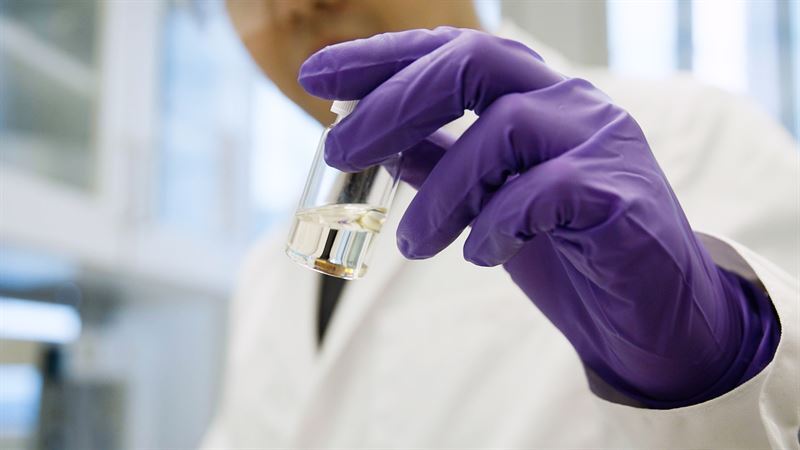


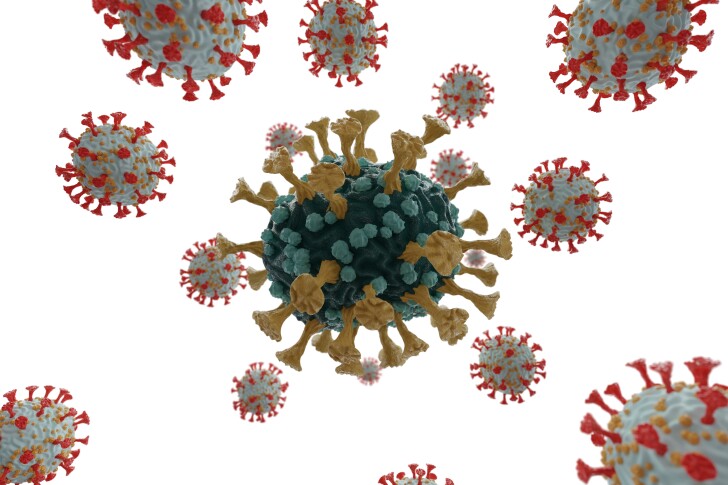






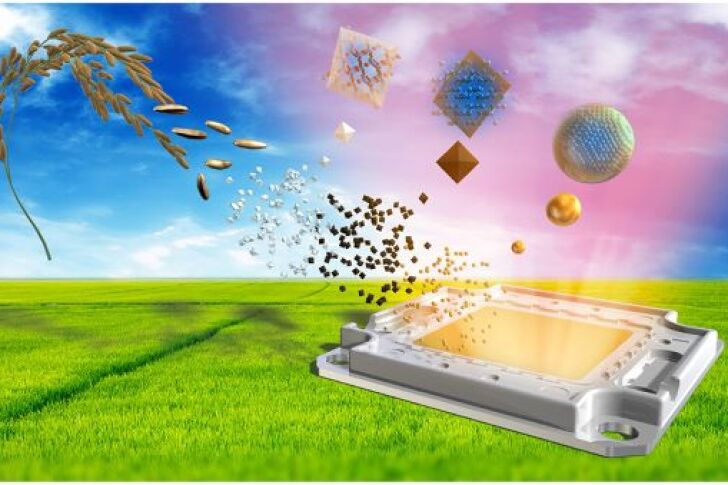

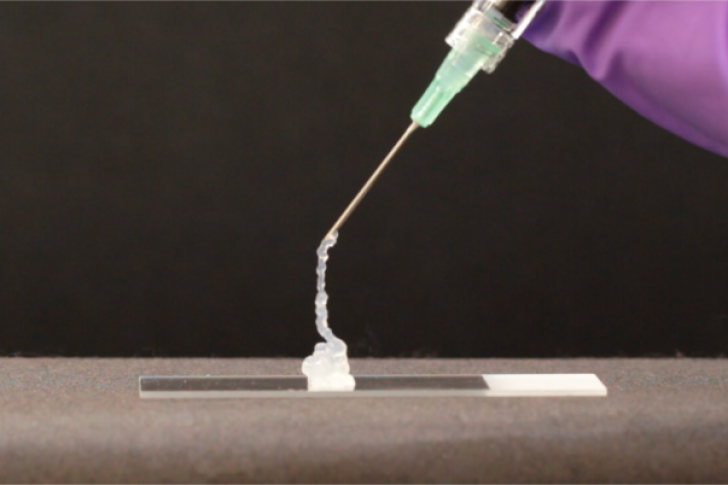



–